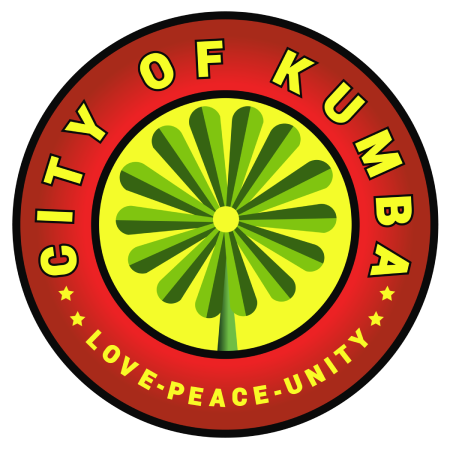A brief history of our city..
Founded around 1640, Kumba gets its name from Ekumba trees and fertile soil. Hunter Mediki-Ukeh discovered the site’s fresh water, making it ideal. The founders’ rituals for abundance in food, childbirth, and positive encounters resonate today. Kumba thrives with a dense population, surplus food, and exports to neighboring countries.
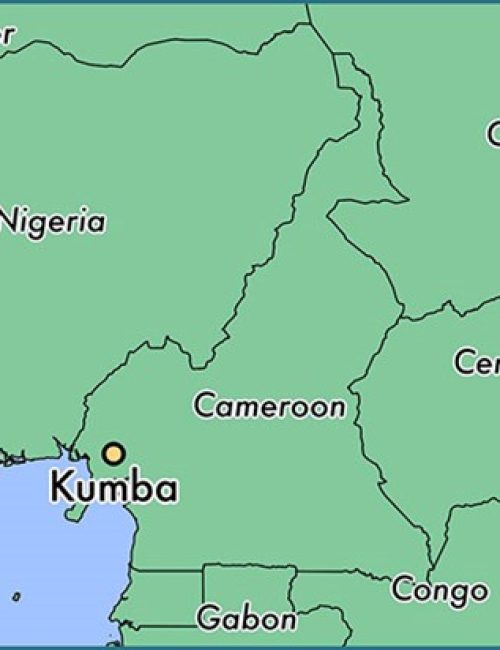

FOUNDED ABOUT 1640
Kumba is a cosmopolitan City in the Southwest Region of Cameroon with an estimated population of about 400,000 inhabitants who speak mostly English and French. The town is commonly called K-Town and described as a Green City due to her greenery appearance with trees flourishing along the major tarred streets and it is a fountain for eco-tourism. Being the largest City in the South West region as well as the economic hub of the region, Kumba has four indigenous tribes: the Bafaws , Balongs , Bakundus and the Barombis. However, there are other settler population like the Nigerians (mostly the Ibos) , Hausas, Bamelikes and the North Westerners in Kumba.
In the City Master Plan, Kumba covers a surface area of 286KM2 and it is the headquarter of Meme Division with three Sub-Divisional Councils . Administratively Kumba is run by a government appointed Senior Divisional Officer while the City Mayor of the City Council ensures the general development of the Kumba Municipality according to the existing Master Plan
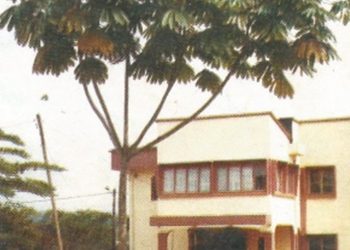
EKUMBA TREE
Kumba is believed to have been founded about 1640. It derives its name from the EKUMBA trees which is said to have been abundant at the forest site where Kumba today stands. The founder of Kumba is believed to have been a hunter, named Mediki-Ukeh. He wandered into this location and found a reliable source of fresh water and an abundance of ekumba trees (which depicts soil fertility). It was therefore a perfect site for settlement. When the founding fathers first migrated to mashuie to ekumba , they made a forest clearing and lit a burn fire. They performed oracular rituals in honour of their ancestors and in the glory of dieu, the Supreme Being. During that ceremony which now forms part of the legend of Kumba , they wish for three main things: an abudance of food , an abundance of child birth and an abundance of good strangers. Today Kumba is densely populated, there is more than enough food to feed the inhabitants and even for export to neighboring countries.
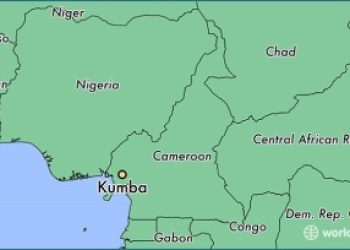
GEOGRAPHY
It is important to note that although Kumba is the largest City in the Southwest region of Cameroon , it is not the regional headquarter, which is located in Buea, the former German colonial capital. Thus because of its size , Kumba emerged as a road junction town that stretches and runs towards the Nigerian border at Mamfe, the Korup National Park at Mundemba and Mount Koupe to the east. When one enters Kumba , the first geographic attraction is the lake Barombi Mbo , the Kumba Water stream and the beautiful waterfall at Kumba Njuki.
In the City Master Plan, Kumba covers a surface area of 286KM2 and it is the headquarter of Meme Division with three Sub-Divisional Councils created through a Presidential Decree N0 2008/026 of 17th January 2008 signed by the President of the Republic. Kumba 1 (that runs from Kumba Town to Kake and a part of Buea road) , Kumba 2 (that runs from Kossala , Hausa Quarters and Fiango and Kumba 3 (that runs from three Corners Fiango, Mambanda and a part of Buea-Road). Kumba has two seasons (the rainy season that runs from February to September and the dry season that runs from October to January ). The soil is very fertile for agricultural activities.
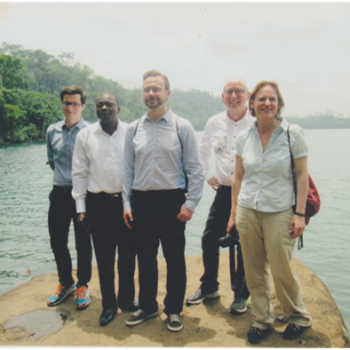
TOURISM
K-Town in its geographic nature is a touristic City. Kumba has a crater lake located about 3km northwest of the city centre. The water is calm , void of heavy waves and is always a source of major attraction to researchers , tourists and curious inhabitants. During the dry seasons and especially during weekends , many tourists and inhabitants of Kumba visit the lake to have fun games like swimming , boat paddling , birthday parties at the shores of the lake. Apart from this natural attraction, the ornamental trees planted along the major streets in Kumba coupled with the available green spaces, provide a comfortable atmosphere for mid day relaxations.
In addition , Kumba has very beautiful hotels , bars , restaurants and night clubs and as a strategy to boost the economy of the City , every year the Kumba City Council organizes an International Trade Fair and this has gone a long way to promote public private partnership while at the same time creating a unique business networking and earning opportunities. The City has an amusement park where one can spend several hours of distraction with diverse interesting games meanwhile Kumba City Council Cultural Centre and the Library is one very catching cultural soft spots for visitors in Kumba. It has a well equipped Library , a multimedia centre and a semi museum . The Kumba Library has always been a fountain for knowledge to many scholars in and out of Kumba.

Culture
The Bafaw people are ruled by their Paramount Chief HRH Nfon Mukete IV Ekoko who recently succeeded his father Late Nfon V. E Mukete. Apart from the cultural groupings that are indigeneous to the locality , other group of people who have settled in Kumba feel at ease to practice their traditions through dressing , diet , dances and holding of traditional meetings. However it is worth mentioning that during heavy cultural festivals , some cultural displays are reserved only for those initiated.
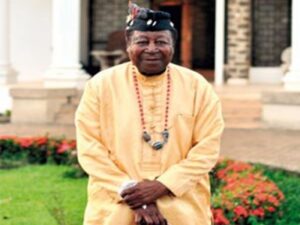
Late Nfon V. E Mukete
